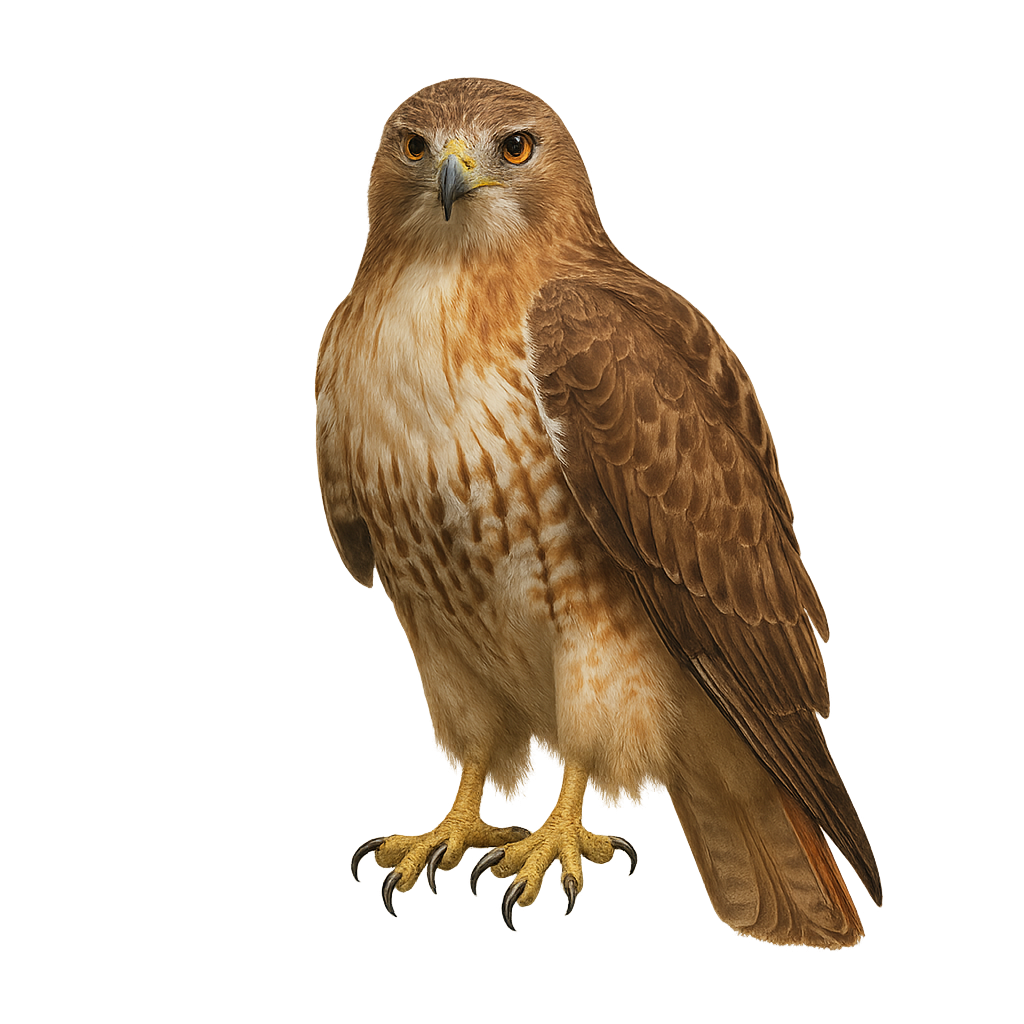Your wildlife photography guide.
Explore the red-tailed hawk in detail, study its behavior, prepare your shots.
Where to observe and photograph the red-tailed hawk in the wild
Learn where and when to spot the red-tailed hawk in the wild, how to identify the species based on distinctive features, and what natural environments it inhabits. The WildlifePhotographer app offers tailored photography tips that reflect the red-tailed hawk’s behavior, helping you capture better wildlife images. Explore the full species profile for key information including description, habitat, active periods, and approach techniques.
Red-tailed Hawk
Scientific name: Buteo jamaicensis

IUCN Status: Least Concern
Family: ACCIPITRIDAE
Group: Birds
Sensitivity to human approach: Suspicious
Minimum approach distance: 30 m
Courtship display: March to May
Incubation: 28-35 jours
Hatchings: April to July
Habitat:
Forests, grasslands, open areas
Activity period :
Primarily active during the day, with peak activity in the morning and late afternoon.
Identification and description:
The Red-tailed Hawk, or Buteo jamaicensis, is a widespread diurnal raptor in North America. It is easily recognizable by its distinctive red tail, although juveniles have a duller tail. Its plumage ranges from dark brown to light brown, with a typically paler belly. This opportunistic predator primarily feeds on small mammals but can also capture birds and reptiles. The Red-tailed Hawk is often seen perched on poles or soaring in circles in the sky. It adapts to various habitats, from forests to open grasslands, and is known for its piercing and distinctive call.
Recommended lens:
400 mm – adjust based on distance, desired framing (portrait or habitat), and approach conditions.
Photography tips:
To photograph the Red-tailed Hawk, it is advisable to use a 400mm lens or longer to capture detailed images without disturbing the bird. Look for open areas where it is often perched or flying. Be patient and discreet, as it can be suspicious. Use a tripod to stabilize your camera and adjust your settings for changing light conditions. Take advantage of the golden hours in the morning or afternoon for soft, natural light.
The WildlifePhotographer App is coming soon!
Be the first to explore the best nature spots, track rutting seasons, log your observations, and observe more wildlife.
Already 1 430 wildlife lovers subscribed worldwide

